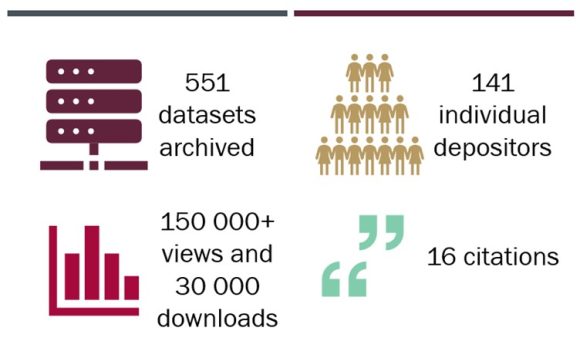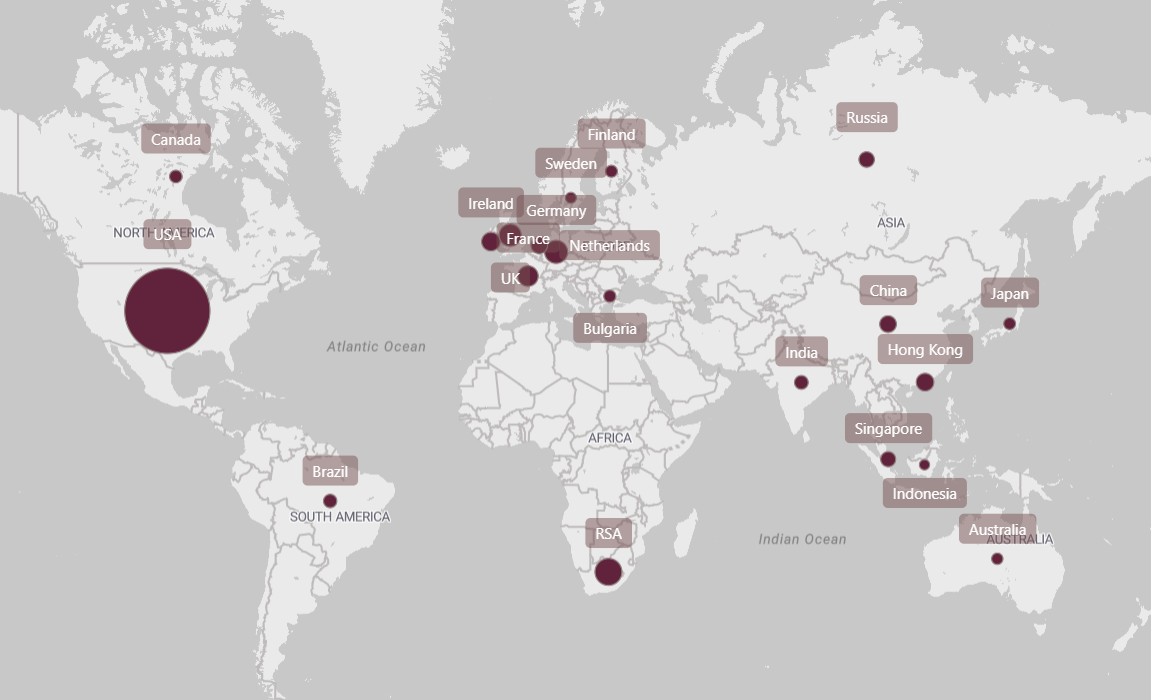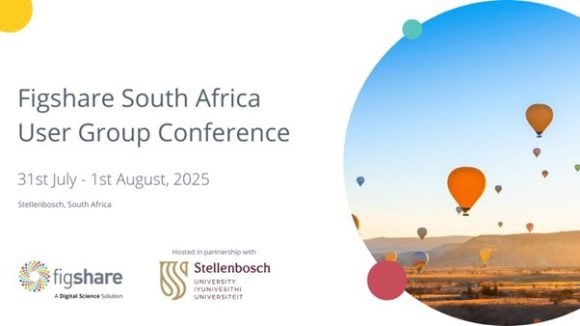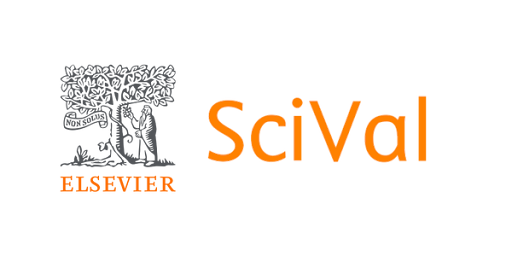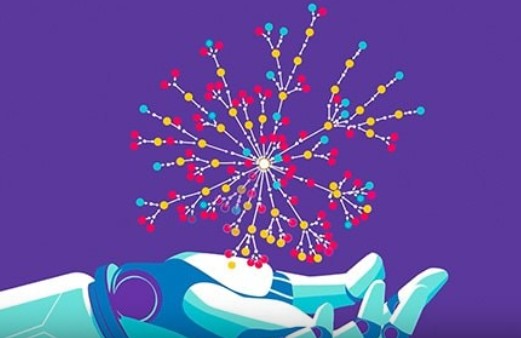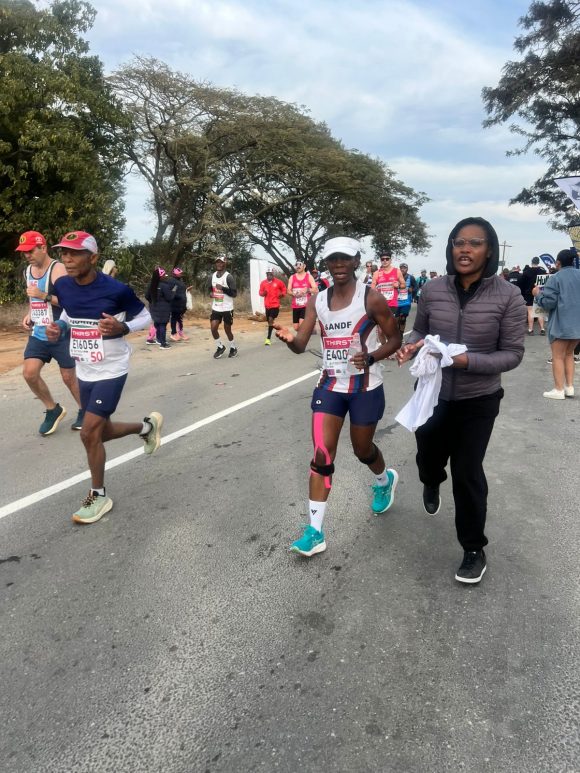SUNScholarData is a relatively new repository for Stellenbosch University’s research data having been born in 2019. Since its inception, the research data repository has shown plenty of promise in its contribution to the global visibility and impact of SU’s research datasets. Its success so far reflects SU’s commitment to open science, global visibility, societal impact and responsible research data management. Per international standards, the repository adheres to the FAIR principles (Findable, Accessible, Interoperable and Reusable).
The FAIR principles are essential for ensuring that research data repositories serve their purpose effectively. They help make data easy to locate, open to use, compatible across systems, and ready for future research. In practice, FAIR encourages clear metadata, consistent formatting, and thoughtful documentation, which supports transparency, reproducibility, and long-term value. For institutions, applying these principles is a strategic move: it strengthens data quality, supports responsible research assessment, and ensures that repository outputs are not just stored, but usable.
SUNScholarData is also the first African institutional research data repository that received the CoreTrustSeal certification. This certification signals that a research data repository meets internationally recognised standards for trustworthiness, transparency, and long-term stewardship. It validates that the repository has robust governance, clear data access policies, and sustainable infrastructure, all of which are critical for institutional credibility and responsible data management. For researchers and stakeholders, it offers assurance that deposited data will remain accessible, usable, and protected over time. In practice, CoreTrustSeal strengthens alignment with FAIR principles and supports strategic integration into global research ecosystems.
Below we provide an overview of some of the key statistics about the platform.
Repository Growth and Engagement
Total Deposits: 551 datasets have been archived, representing a broad spectrum of research outputs.
Contributor Base: 141 individual depositors have engaged with the platform, signalling widespread institutional participation.
Usage Metrics: Over 150,000 views and 30,000 downloads demonstrate sustained interest and practical reuse of hosted datasets.
Citation Count: 16 citations suggest growing scholarly recognition, with potential for increased uptake through enhanced discoverability.
Disciplinary Reach
Disciplinary contributions span multiple faculties. This diversity reflects cross-disciplinary engagement, though further metadata refinement could improve attribution and reporting accuracy.
Global Visibility
SUNScholarData has achieved notable international reach, with the United States accounting for over 120 000 views. Other top-viewing countries include South Africa, Germany, the UK, France, and Ireland – underscoring the repository’s relevance beyond national borders.
High-performing datasets:
Below are some of the datasets that appear to have had the highest impact in terms of views and downloads. In the table below, related articles published from the data were linked.
The datasets listed above reflect notable engagement, with several attracting considerable attention through both views and downloads. For instance, the Dwelling Informal Settlement Experiment – linked to research on fire spread in informal settlements – received over 2,100 views and nearly 2,800 downloads, highlighting its relevance to urban safety and planning. Datasets tied to real-world issues like urban safety, environmental modelling, and agriculture are drawing thousands of views and downloads, which suggests they’re reaching the right audiences. This level of engagement suggests the repository is successfully enhancing both visibility and reuse of research outputs.
SUNScholarData provides Stellenbosch University with a certified, standards-aligned repository that supports responsible data stewardship and institutional credibility. By adhering to the FAIR principles, it ensures that research data is structured for long-term access, reuse, and interoperability, which are critical for reproducibility and strategic assessment. Its CoreTrustSeal certification affirms that governance, access policies, and infrastructure meet global benchmarks, positioning the university’s data outputs within trusted research ecosystems. SUNScholarData is consequently a durable asset for transparent, auditable, and future-ready scholarship that remains an important part of Stellenbosch University’s open research infrastructure. Its increasing use, varied content, and integration with institutional systems reflect steady progress in supporting data sharing and stewardship within the African research context.
Author: Kirchner van Deventer
Graphics: Marié Roux
